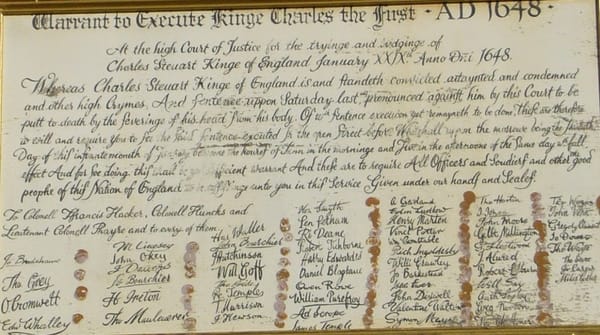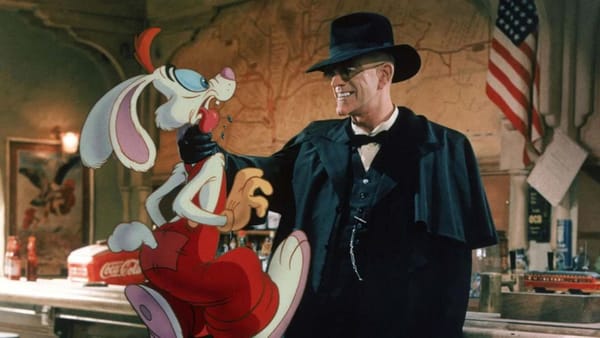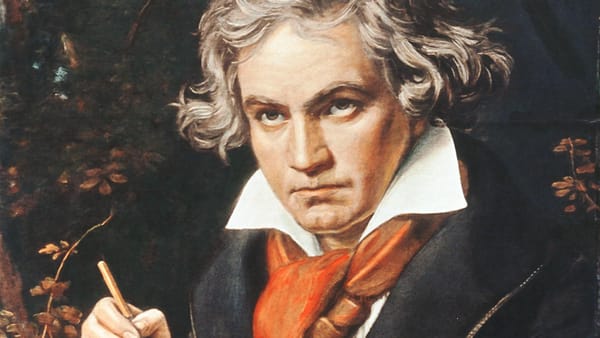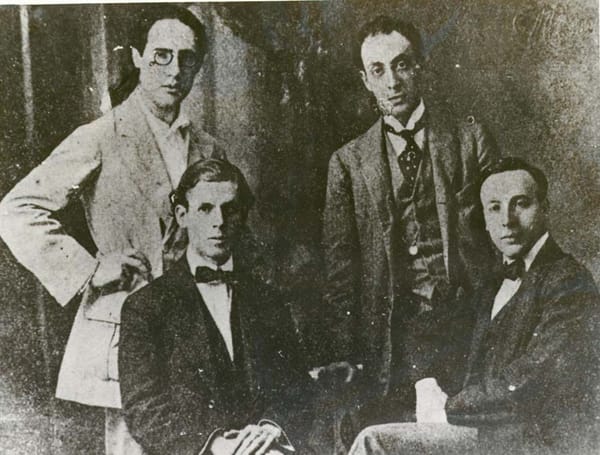The Bulletproof Judge: Inside the Civil War That Ended a King
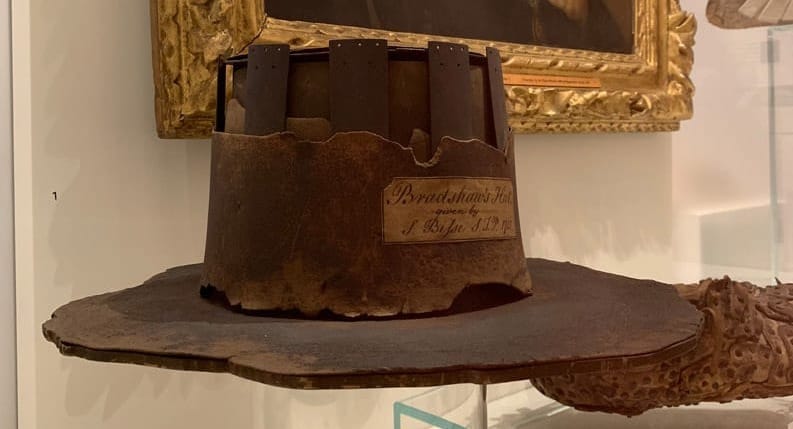
To understand why a king ended up on a scaffold and a judge needed armor to survive, you have to rewind a decade. In the 1640s, England tore itself apart in a conflict that makes America’s own revolutionary history look almost polite.
The English Civil War (1642–1651) wasn’t a fight between two nations — it was a brawl within one. On one side stood King Charles I, believer in absolute monarchy and divine right. On the other stood Parliament, representing merchants, Puritans, and ordinary citizens who were sick of royal taxes, religious meddling, and the sense that the king was above the law.
When words failed, both sides raised armies. The king’s supporters — the Royalists, or “Cavaliers” — fought for tradition, God, and crown. The Parliamentarians, called “Roundheads” for their cropped Puritan haircuts, fought for representation and reform. It was England’s first real test of whether power flowed downward from God or upward from the people.
The War That Shattered Everything
The Civil War was messy, personal, and brutal. Families split apart. Towns changed hands. At its height, it killed around 200,000 people — nearly four percent of the population, proportionally worse than the American Civil War.
Charles I believed he could win through sheer divine favor. He was wrong. The Parliamentarians built a new kind of army — professional, disciplined, and ideologically driven — led by a zealous officer named Oliver Cromwell. His “New Model Army” didn’t fight for a paycheck; it fought with the conviction that God was on their side.
By 1646, the king was captured. But instead of ending the conflict, his arrogance extended it. He negotiated behind Parliament’s back, tried to start another uprising, and pushed the patience of his captors to the breaking point.
When he was recaptured in 1648, the army decided negotiation was over. Divine right was cancelled.
A Court Nobody Believed In
Putting a monarch on trial was unprecedented — a cosmic offense. Many judges refused to take part. Some members of Parliament fled London rather than sign off on it. The ones who stayed knew they were doing something revolutionary — and suicidal if the tide turned.
The court met in Westminster Hall, the cavernous heart of English government. The public packed the galleries. Soldiers stood guard with loaded muskets. Everyone in that room knew they were surrounded by people who still believed killing a king was damnation.
That’s why the presiding judge, John Bradshaw, wore a bulletproof hat.
The Bulletproof Hat
Bradshaw was a lawyer from Cheshire who somehow drew the short straw of history. As president of the High Court of Justice, he sat just feet away from Charles I as the king stared him down with royal contempt.
The trial was chaos. People shouted insults. Rumors flew that assassins were waiting outside. Bradshaw had already received death threats. So he commissioned a special reinforced hat — lined with metal plates to stop a pistol ball. Contemporary reports describe it as both ridiculous and terrifying: imagine a 17th-century lawyer in black robes, sitting in judgment of a king, wearing medieval armor on his head.
It was the perfect symbol of the moment — the fragility of new ideas in a room full of loaded weapons.
Bradshaw’s hat wasn’t just protection; it was defiance. He was saying, “Shoot if you must, but the law stands.” It was the literal embodiment of the phrase the rule of law under fire.
The Trial of a God
Charles refused to acknowledge the court. He told Bradshaw, “A king cannot be tried by any superior jurisdiction on earth.” Bradshaw shot back: “Sir, the people whom you betrayed are your superior.”
That line cracked history open. It was the first time in centuries anyone had said, publicly and legally, that a monarch was accountable to his subjects. Every American civics class owes something to that exchange.
The verdict was inevitable. Charles was guilty of high treason “against the people of England.” Fifty-nine men signed his death warrant. A week later, the king was executed, and Bradshaw became the most famous lawyer in Europe — and the most wanted man after the Restoration.
Aftermath: The Long Hangover
When the monarchy was restored in 1660, Charles II (the executed king’s son) came for revenge. The men who had sentenced his father to death were labeled regicides. Many were captured and hanged, drawn, and quartered. Some, including Bradshaw, were already dead — so their corpses were dug up and mutilated anyway.
The bulletproof hat survived him. It became a relic of the rebellion — a grim museum piece from a moment when law, faith, and fear collided. You can still see it today at the Ashmolean Museum in Oxford, looking like something between a Puritan’s bonnet and a biker helmet.
The First Modern Revolution
For Americans, this is the forgotten prequel to our own revolution. A century before Jefferson wrote about the consent of the governed, Bradshaw and Cromwell were putting it into practice — violently. The English Civil War was democracy’s rough draft, complete with religious fanaticism, class warfare, and state propaganda.
When the framers of the U.S. Constitution wrote that no man is above the law, they were echoing what the English radicals of the 1640s had already proven in blood and ink.
The bulletproof hat is a perfect metaphor for that legacy: fragile, awkward, and absolutely necessary. In a country tearing itself apart, it took a man in armor to say the words that made modern government possible — the law is higher than the crown.
This article was drafted with assistance from AI (text generation and outlining). All facts, structure, and final wording were reviewed and approved by the author.


